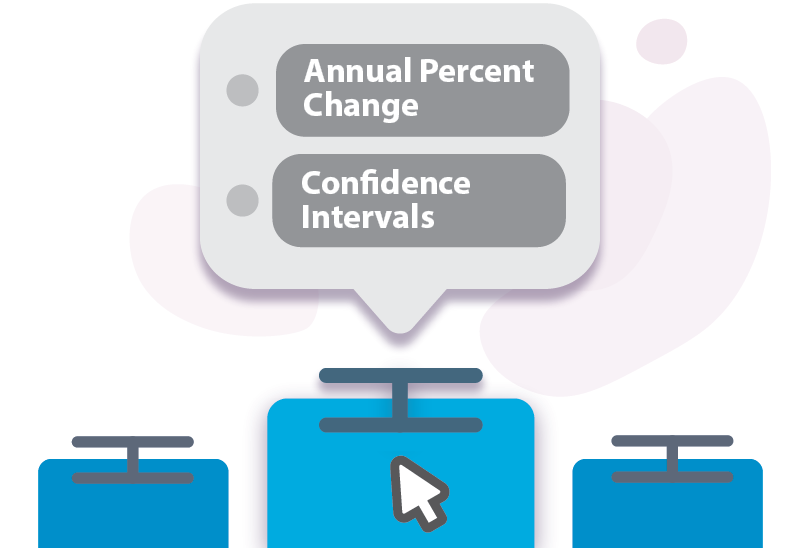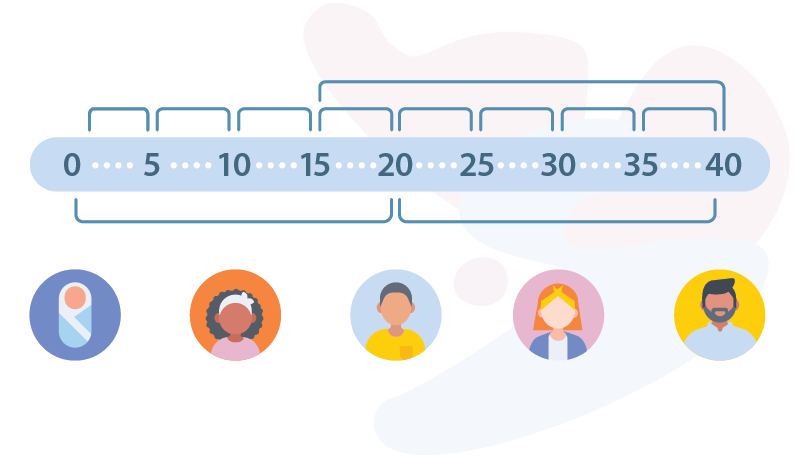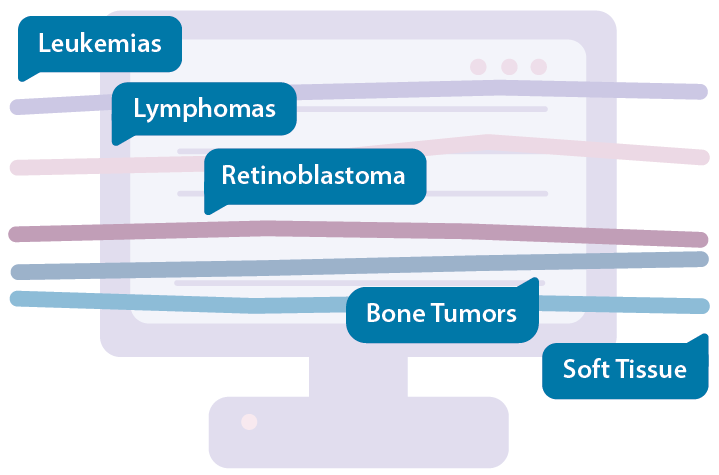NCCR*Explorer provides incidence and survival statistics for cancers in children and adolescent and young adults, ages 0-39, diagnosed from 2001 forward, using data from the National Childhood Cancer Registry (NCCR). It provides detailed statistics for a cancer site by sex, race/ethnicity, and age, and allows for comparison across cancer sites and subsites.
Get StartedWith NCCR*Explorer, you can create custom graphs and tables, download data and images, and share links to results.
For help getting started with NCCR*Explorer, view the Help Page.
The National Childhood Cancer Registry (NCCR) was developed under the NCI Childhood Cancer Data Initiative (CCDI) to leverage the nation's existing, primarily adult, cancer registries to identify and follow childhood cancer cases in the United States.
Read more about the NCCR and CCDIThe NCCR Registry data is also accessible through:
Rates and trends in NCCR*Explorer are presented with the Annual Percent Change (APCs) and confidence intervals (CI). They are available on the Graph view when you hover over a data point, in the Data Table, and in the data download in CSV format.


Population-based cancer data sources typically utilize 5-year age groupings which is sufficient to display the profound differences in rates over the life span. Data may also be displayed by some larger age aggregations for comparisons of rates for children/young adults as well as the older ages in which overall rates are much higher.
However, for the age 0-39 population, cancer data are much different than for older adults. For this reason, some selectable age groupings have overlapping ranges.
The International Classification of Childhood Cancer (ICCC) is a system for classifying childhood cancer developed by the World Health Organization (WHO). It categorizes childhood cancer based on the type of tissue affected (also called histology or morphology) and body location as well as similar clinical management and outcomes. This is different from the system used for adult cancer, which is primarily based on the location or organ affected. The current version of ICCC can be found here: ICCC Recode Third Edition ICD-O-3/IARC 2017.
